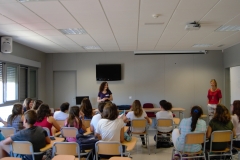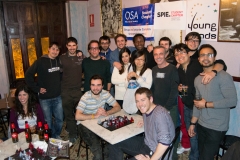The School for Young Physicists project that our Young Minds section organizes not only held monthly sessions in the capital of our country this season, but also held regular sessions in other regions as well. Namely, this season we visited schools in Valmiera, Kuldīga and Ventspils.
Regional sessions take place two or three times a semester in each location. Students from surrounding schools are given the chance to attend a free lecture course – usually session topics that have already been tested in our main events are chosen, but sometimes they get a premier look at a new topic that has not yet been presented anywhere else.
Topics discussed this season in regional sessions include, but are not limited to, probability in physics, electronics and wave optics. Students had the opportunity to conduct experiments normally not done in schools – for example, they determined the distance between the pixels in their own smartphones, or calculated the value of pi by dropping buckwheat on a piece of paper.
These regional sessions are educating not only for the students attending – teachers also find inspiration in these non-standard topics and experiments, and materials for use in lessons are often left at schools that are visited for the teachers to use free of charge.
Our Young Minds section views these regional sessions as valuable opportunities for children that live far away from the capital to get a chance for extra curricular informal learning, so we will give our best efforts to expand in this direction next season.
[nggallery id=80]

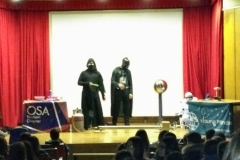
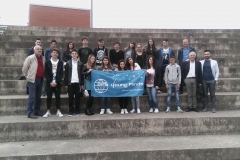
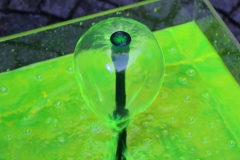
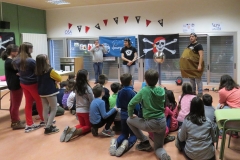
 Check this video activity on Youtube!
Check this video activity on Youtube! More photos on our Facebook album!
More photos on our Facebook album!